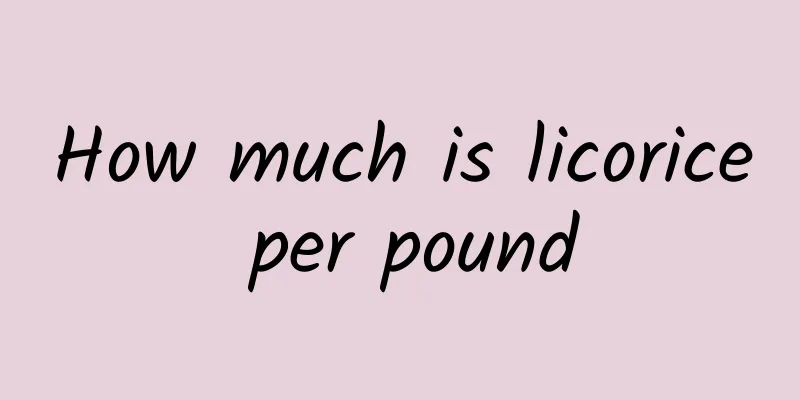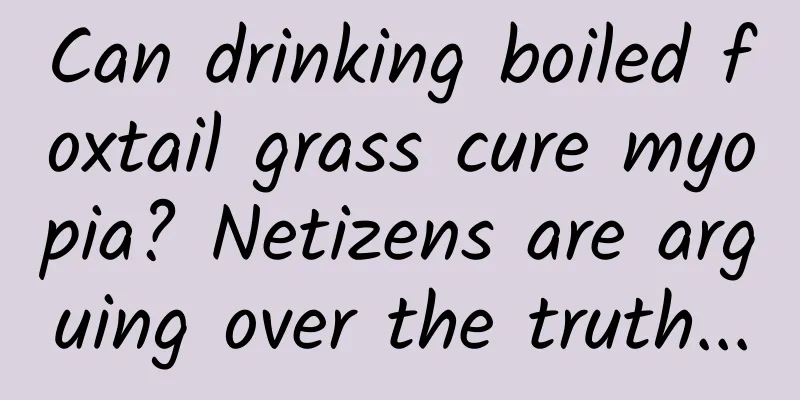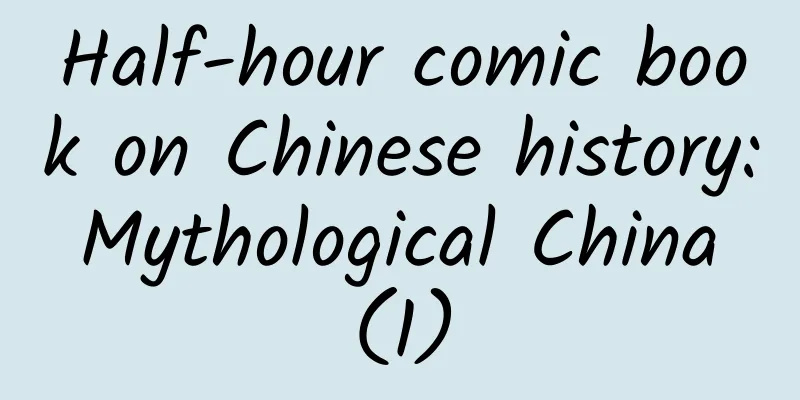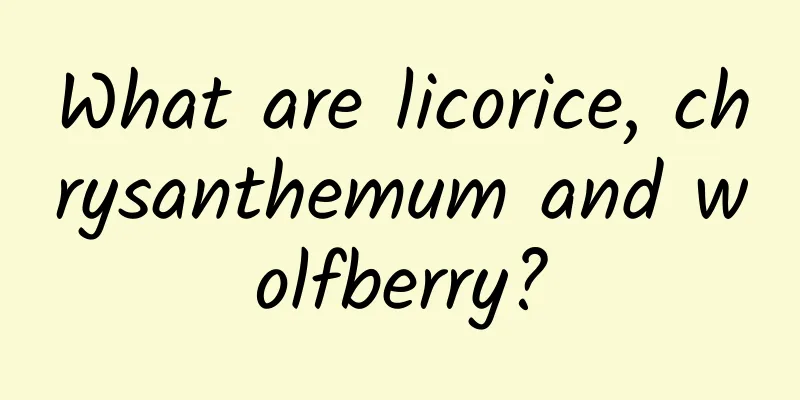How much is licorice per pound

|
Licorice is usually around 10 yuan per catty, but the natural one is relatively more expensive, usually around 20 yuan per catty. Of course, the prices in different regions will vary, so if you have any questions, you should consult your local dealer. There is a lot of licorice on the market, and many new products are launched every year. The price difference is also quite large. It is generally related to its processing. The price of processed licorice can reach about 150 yuan per catty, while the price of unprocessed licorice is relatively cheap, about 16 yuan per catty. In addition, its price will vary depending on its place of origin, and if the supply is larger, the impact on its price will be greater. The use of licorice has a long history in my country. In addition to its efficacy and functions, it is also widely used in several industries. For example, its extract can be used as a preservative for tobacco and food. It is still widely used in the food and light industry. Its root liquid can be used as a foam thickener for fire extinguishers, and can also be used to produce ink and shoe polish. The residual liquid after extracting glycyrrhizin can be used as natural pigment or other medicines. It has strong uses, broad industry prospects, and rich planting market prospects. The main function of licorice is to treat cough, ileitis, oral ulcers and gastric ulcers. When we have cough and phlegm, the most common thing prescribed by doctors or pharmacies is licorice tablets. Generally, the cough will be cured after taking it for two days. There are many ways to handle licorice. It can be taken directly as medicine, or it can be diluted with boiling water. However, it should be noted that it contains a small amount of endotoxins. It is not suitable to take too much, let alone take it for a long time, to prevent side effects in the human body. First look at the shape and color. The root of licorice is cylindrical, about 30-100 cm long, with a tight or loose epidermis. The surface is brown or gray-brown, while the imitation is gray-black or earthy brown. Next, let’s look at the texture. The surface of licorice has longitudinal wrinkles, grooves and lenticels, while the fake texture is not obvious and the lenticels are gradually formed. Smelling it again, licorice has a fragrant aroma and sweet taste, while fake licorice has a lighter aroma and a bitter taste. |
<<: The efficacy and function of Artemisia selengensis
>>: How much is saffron per gram?
Recommend
What Chinese medicine can nourish the kidneys the fastest?
Nowadays, work pressure is getting higher and hig...
The efficacy and function of Pulse Fruit Paint
Pulse Fruit Paint is a traditional Chinese medici...
The efficacy and function of buffalo leather
Traditional Chinese medicine requires the use of ...
The efficacy and function of hairy ramie
Recently, major TV channels have launched various...
The efficacy and function of black stone beads
Many people choose black stone beads because of t...
The efficacy and function of snow gall
Snow gall is a very good medicinal material. It i...
Drinking hot water can raise your body temperature and even help you lose weight? Don’t believe it anymore
Hello, this is Science Popularization China. Rece...
Does deer antler nourish the kidney and strengthen yang?
Men in modern cities are under great psychologica...
The efficacy and function of silver thread grass root
Traditional Chinese medicine requires the use of ...
There are so many benefits to sunbathing for a while every day! It is simply a free "health supplement"
How much Sichuan people love to sunbathe When the...
Vitamin D is praised again! Research shows that it is a great helper for immunity
This article was reviewed by Pa Li Ze, chief phys...
This animal was used to treat diseases 300 years ago
We all know that most Chinese medicines are plant...
Why is the coconut juice we have been drinking since childhood completely different from coconut water?
When you mention coconut, you may think of all ki...
Pipeline360: B2B report for the second half of 2024
Pipeline360 and Demand Metric released the "...









